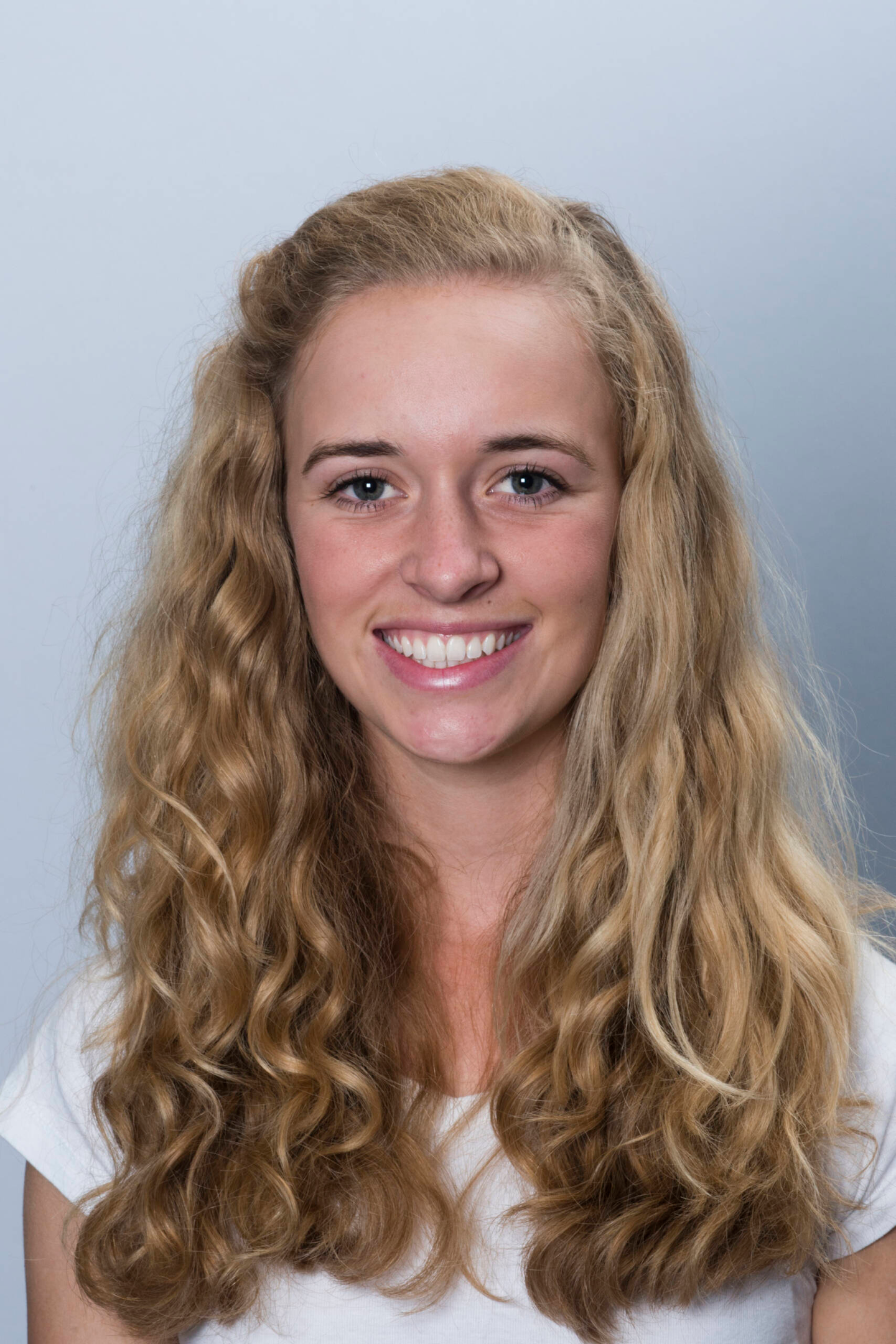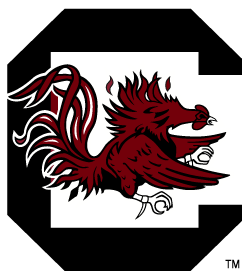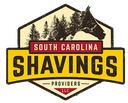
Erin Fry Recaps Experience at George Morris Horsemastership Clinic
Feb. 13, 2014
COLUMBIA, S.C. – During winter break, Gamecock sophomore Erin Fry had the unique opportunity to participate in the George H. Morris Horsemastership Training Session, held at the Palm Beach Polo Equestrian Club. The eighth annual clinic took place Dec. 31 through Jan. 4, and was sponsored by the United States Hunter Jumper Association (USHJA) and The Practical Horseman.
Only 12 riders are selected to participate in the training session each year, nine of which earn their way in to the clinic based on placings in certain major medal finals and events throughout the year.
GamecocksOnline recently caught up with Fry to recap her experience at the training session.
1. How did you qualify?
“I was one of twelve riders in the country that was chosen for this training session. I qualified by placing second in the United States Equestrian Federation Talent Search Finals – West. Most of the other riders that qualified did so by placing well in specific event during the year and about 4 were chosen through an application process.”
2. What was your schedule like each day?
“Each day we were required to arrive at the barn by 6:30 a.m. however, I usually got there at 6 a.m. to make sure I had enough time to get everything done. When I arrived at the barn in the morning I began by feeding my horse, refilling his water buckets, cleaning his stall, and grooming him. By about 8 a.m. we had to have our morning work done and be ready to head to the ring to watch the first group ride and help set jumps. After the first group was done riding we went back to the barn and began preparing our own horses for our ride. Our riding sessions lasted between an hour to two hours depending on the day and what exercises we were doing. After we rode we would return to the barn clean up our horses and have lunch. After lunch we had a sessions with different clinicians each day. Such clinicians were vet Dr. Tim Ober, Olympian Anne Kursinski, and sports psychologist Tonya Johnston. After these sessions we would set the jumps in the ring for the following day and return to the barn for afternoon chores. I was usually leaving the barn by about 5:30 p.m. each night after all my work was done. Because there were 12 riders in the training session, we took turns returning to the barn later in the evening to do night check and make sure the horses were all settled until we got back in the morning.”
3. What was your favorite part of the training session?
“I really enjoyed the barn management. Prior to arriving for the training session I was nervous about this aspect because I didn’t know my horse at all and was afraid I was going to do something wrong. By the end of the week I went from not knowing my horse at all to being able to pick out little things that seemed off with him upon arriving at the barn in the morning. It was really fun for me to be able to notice this transformation in myself and gave me a lot more confidence in my abilities.”
4. What did you find to be the most difficult?
“The part I found to be the most difficult was the constant attention to detail. It is so easy to miss a lot of the little things in the barn from cleaning tack to preparing your horse for the lesson even in the lesson. Riding at this level so many of the cues we use on a horse are pretty automatic and some of the things we had to do in our lessons went against these automatic cues that we are so used to. Getting used to paying so much attention to the details was difficult for me in the beginning but as the week went on it became more natural and easy.”
5. How will you use this experience going forward?
“I hope to share my experiences that I learned with those I work with on a normal basis around horses. I when I go home that I look forward to being even more involved in the care of my own horses in addition to seeing how the lessons I learned from the horse I rode during the riding sessions can help me better handle my own horses. I really look forward to continuing using all the things I learned at the training session with the horses here at school and at home.”
More on George Morris from the Unites States Equestrian Federation:
“George Morris, the legendary horseman and former U.S. Show Jumping Chef d’Equipe, will lead top young riders through a comprehensive program in horsemastership throughout the week. ‘Horsemastership’ encompasses mounted sessions as well as stable management and veterinary and farrier care. Experts from throughout the equestrian world will lend their expertise in both mounted and educational sessions. The aim of the Training Session is to develop a pipeline of young “horsemasters” for future U.S. Equestrian Teams.”













